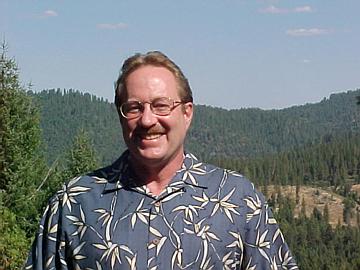
|
|
The EEG correlates of episodic recall and semantic memory imply two separate though interacting systems. These two systems each have their own characteristic operational frequencies, with one being fronto-limbic, and theta based, and the other one parietally based in the alpha band. Work from Wolfgang Klimesch's lab in Salzburg Austria has documented the phasic frontal midline theta associated with memory activation and retrieval, as well as documenting the nature of the semantic memory and the effect of the individual alpha frequency (IAF) "tuning" on sematic recall. The slower the alpha frequency (IAF), the worse the semantic memory performance
Starting in 1972 with the first State Hospital based biofeedback laboratory, and then specializing in EEG for decades, Jay is an experienced Clinical and research EEG/qEEG specialist and consultant. Author of many scientific papers, and a mounting list of books, his depth of understanding of the mind/brain's function is helpful in communicating the underlying mechanisms and systems of the brain, mind, and consciousness. Jay is a popular lecturer world-wide, and he has occupied leadership positions in the field's professional societies. Now with Q-Pro, an international EEG/qEEG services group, he provides services world-wide. Other Products by Jay Gunkelman 1) How the Brain Works
To View Comments or Join the Conversation: |
Most Viewed of all Products
GSR2 Biofeedback Relaxation System
|

